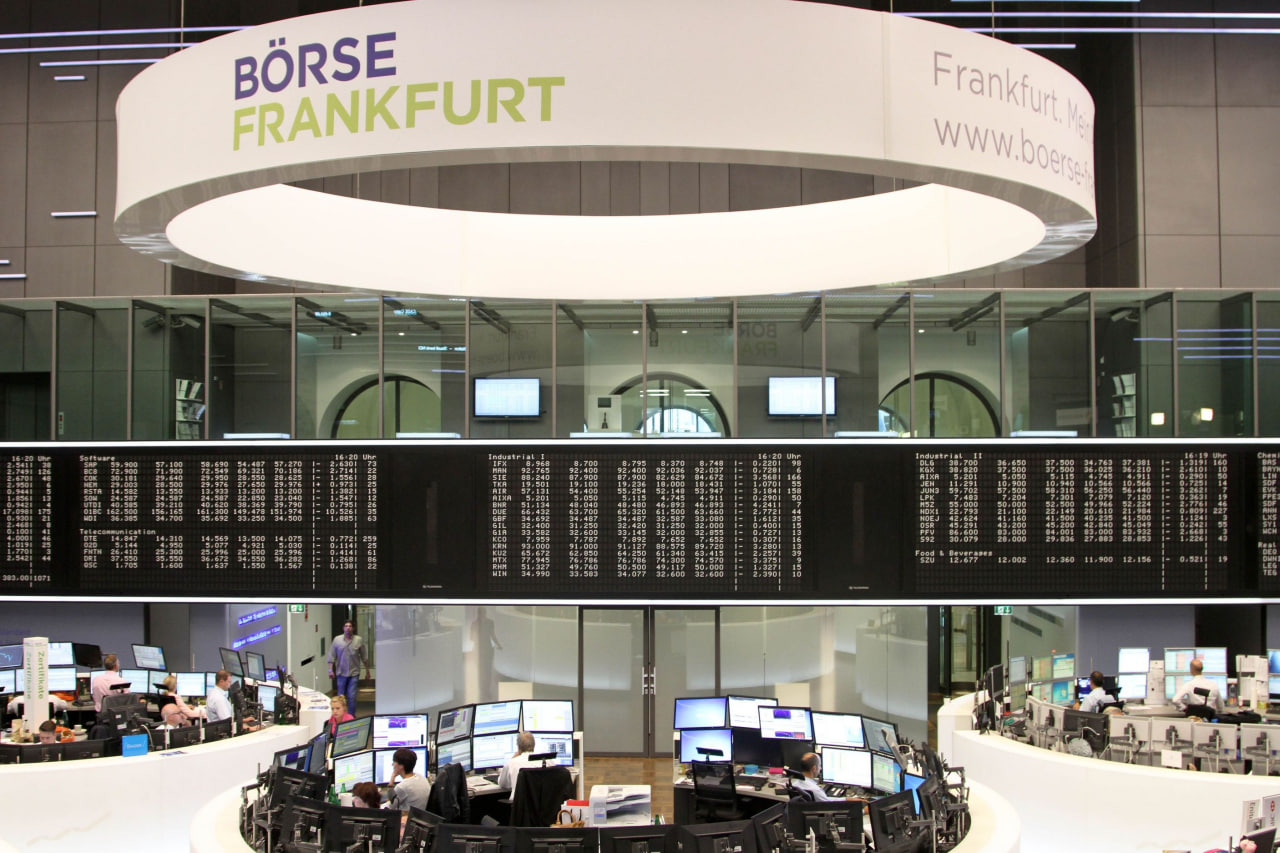Soda Ash Futures Plunge: What's Behind the Price Drop and What Does it Mean for the Market?
Meta Description: Soda ash futures plummet, breaking below 1600 yuan/ton. This article delves into the reasons behind this significant decline, its implications for the market, and what investors should know about this volatile commodity.
Introduction
The world of commodities trading is a constant dance of supply and demand, with prices often fluctuating wildly. One recent example of this volatility is the sharp drop in soda ash futures, a key component in industries ranging from glassmaking to detergents. As the main contract plummeted over 4%, breaking below the crucial 1600 yuan/ton mark, investors and industry players are left wondering: what triggered this sudden downturn, and what does it mean for the future of the soda ash market?
This article aims to provide a deep dive into the factors driving the current soda ash price slump, offering insights into the complex interplay of economic, geopolitical, and market-specific forces. We'll explore the key factors behind the decline, analyze its potential impact on various sectors, and offer a glimpse into what the future holds for this essential commodity. Buckle up, as we navigate the choppy waters of the soda ash market.
The Plunge: Unpacking the Factors
The recent drop in soda ash futures is a multi-faceted phenomenon, driven by a confluence of factors that have combined to create a perfect storm of bearish sentiment.
1. Global Economic Slowdown
Let's face it, the global economy isn't exactly humming along right now. We're seeing a widespread slowdown, with major economies like China, the US, and Europe grappling with various challenges, including inflation, rising interest rates, and geopolitical tensions. This economic uncertainty has a domino effect, impacting demand across all sorts of industries, including those that rely heavily on soda ash.
When the economy slows down, businesses tend to reduce production, and ultimately, their demand for raw materials like soda ash decreases. This, in turn, puts downward pressure on prices, leading to scenarios like the recent plunge.
2. China's Economic Woes
Speaking of economic woes, China, the world's largest producer and consumer of soda ash, is facing its own set of challenges. The country's "zero-COVID" policy, while now largely abandoned, has wreaked havoc on its economy, disrupting supply chains and dampening demand.
Add to that the ongoing property crisis, a slowing manufacturing sector, and a general sense of uncertainty, and you have a recipe for reduced soda ash consumption in China. This decline in demand from the world's largest player is a major factor influencing the global market.
3. Oversupply and Inventory Build-up
While demand has been taking a hit, soda ash production hasn't slowed down as dramatically. This mismatch between supply and demand has led to an oversupply situation, with inventories piling up at producers and traders.
This surplus puts further pressure on prices, as producers are forced to discount their product to move inventory. This scenario is a classic example of how market dynamics can quickly turn from bullish to bearish.
4. Policy Changes and Environmental Regulations
The soda ash industry is not immune to the growing focus on environmental sustainability. China, in particular, has implemented stricter environmental regulations in recent years, leading to production cuts and plant closures.
These policies, while aimed at reducing pollution, can also have unintended consequences, including a decrease in soda ash supply and an increase in costs. These factors contribute to the overall bearish sentiment in the market.
Consequences: The Ripple Effect
The sharp drop in soda ash prices has far-reaching implications for a range of industries, both upstream and downstream.
1. Impact on Producers
For soda ash producers, the price decline is a major blow, especially those operating with high production costs. Profit margins are shrinking, and some producers may even face financial hardship. This situation could lead to consolidation in the industry, as smaller and less efficient players struggle to stay afloat.
2. Impact on Consumers
While consumers might be happy about lower soda ash prices, this benefit might be short-lived. The decline in price could be linked to a reduction in supply, leading to potential shortages down the line. Moreover, the lower prices could put pressure on producers, leading to cuts in production and quality, which could ultimately harm consumers.
3. Impact on Related Industries
Soda ash is a crucial ingredient in many industries, including glassmaking, detergents, and chemicals. The drop in price could lead to cost reductions for these industries, boosting their profitability in the short term. However, any potential supply shortages or quality issues could disrupt production and lead to higher costs further down the line.
Looking Ahead: What Lies in Store for Soda Ash?
Predicting the future of any commodity market is a risky business, but based on the current trends and factors at play, here's a glimpse into potential scenarios for the soda ash market:
1. Short-Term Volatility
Expect continued volatility in the short term, as market participants grapple with the current economic uncertainties and try to gauge the true impact of the recent decline. The price could fluctuate further, potentially experiencing both upward and downward movements.
2. Potential for a Price Rebound
While the current trend is bearish, there is a possibility of a price rebound in the medium to long term. This could be driven by factors such as a global economic recovery, increased demand from emerging markets, or a tightening of supply due to stricter environmental regulations.
3. Long-Term Growth Potential
Despite the current challenges, the long-term outlook for soda ash remains positive. The growing demand from industries like glass, detergents, and chemicals, coupled with limited new capacity, could drive price growth in the long run.
Navigating the Soda ash Market: Key Considerations
For investors and industry players alike, navigating the volatile soda ash market requires a keen understanding of the key factors at play. Here are some crucial considerations:
- Economic Outlook: Keep a close eye on global economic growth and any potential shifts in consumer demand.
- China's Economic Performance: Pay close attention to China's economic policies and their impact on soda ash production and consumption.
- Supply and Demand Dynamics: Monitor the balance between supply and demand, keeping an eye on inventory levels, production capacities, and any potential disruptions.
- Environmental Regulations: Stay informed about evolving environmental regulations and their potential impact on the soda ash industry.
Soda Ash: A Vital Commodity
Soda ash, often overlooked, is a vital commodity that plays a critical role in countless industries. Understanding the factors influencing its price and the potential consequences of market fluctuations is crucial for anyone involved in this sector.
As we've seen, the soda ash market is a dynamic and complex landscape, with a multitude of factors impacting prices and influencing the future trajectory of this vital commodity. By staying informed and understanding the key drivers, investors and industry players can navigate this market with greater confidence and make informed decisions.
FAQs
Q1: What is soda ash used for?
Soda ash, also known as sodium carbonate, is a versatile chemical used in a wide range of industries, including:
- Glassmaking: It's a key ingredient in the production of glass, both for everyday use and industrial applications.
- Detergents and Soaps: Soda ash is used as a cleaning agent and water softener in detergents and soaps.
- Chemicals: It's used as a raw material in various chemical processes, including the production of sodium bicarbonate (baking soda).
- Pulp and Paper: Soda ash plays a role in the production of paper pulp.
- Other Industries: Soda ash finds applications in industries like textiles, food processing, and pharmaceuticals.
Q2: Why is the soda ash price dropping?
The recent drop in soda ash prices is primarily driven by a confluence of factors:
- Global Economic Slowdown: Reduced demand from industries due to a sluggish global economy.
- China's Economic Challenges: Slowing economic growth in China, the world's largest consumer, is impacting demand.
- Oversupply: Increased production and a decline in demand have led to an oversupply situation.
- Environmental Regulations: China's stricter environmental policies have led to production cuts and plant closures.
Q3: What are the implications of the price decline for producers?
The price drop poses significant challenges for soda ash producers, particularly those operating with high production costs. They face shrinking profit margins, potential financial hardship, and increased pressure to reduce costs.
Q4: What are the implications of the price decline for consumers?
While consumers might benefit from lower prices in the short term, the decline could lead to potential supply shortages and lower quality products.
Q5: What is the outlook for the soda ash market?
The soda ash market is expected to remain volatile in the short term, with potential for both price increases and decreases. However, long-term growth potential remains due to increasing demand from various industries.
Q6: How can investors navigate the soda ash market?
Investors need to closely monitor economic trends, industry dynamics, and environmental regulations to make informed decisions. They should also consider diversifying their investments and managing risk.
Conclusion
The recent drop in soda ash prices is a stark reminder of the ever-changing nature of the commodity market. While the current outlook is bearish, the long-term growth potential for soda ash remains strong. By understanding the factors driving the price dynamics and staying informed about industry trends, investors and industry players can navigate this volatile market with greater confidence and seize opportunities that arise. The soda ash market, like any other commodity market, is a dance of supply, demand, and global economic forces, and those who can adapt to its rhythms will stand a better chance of success.



